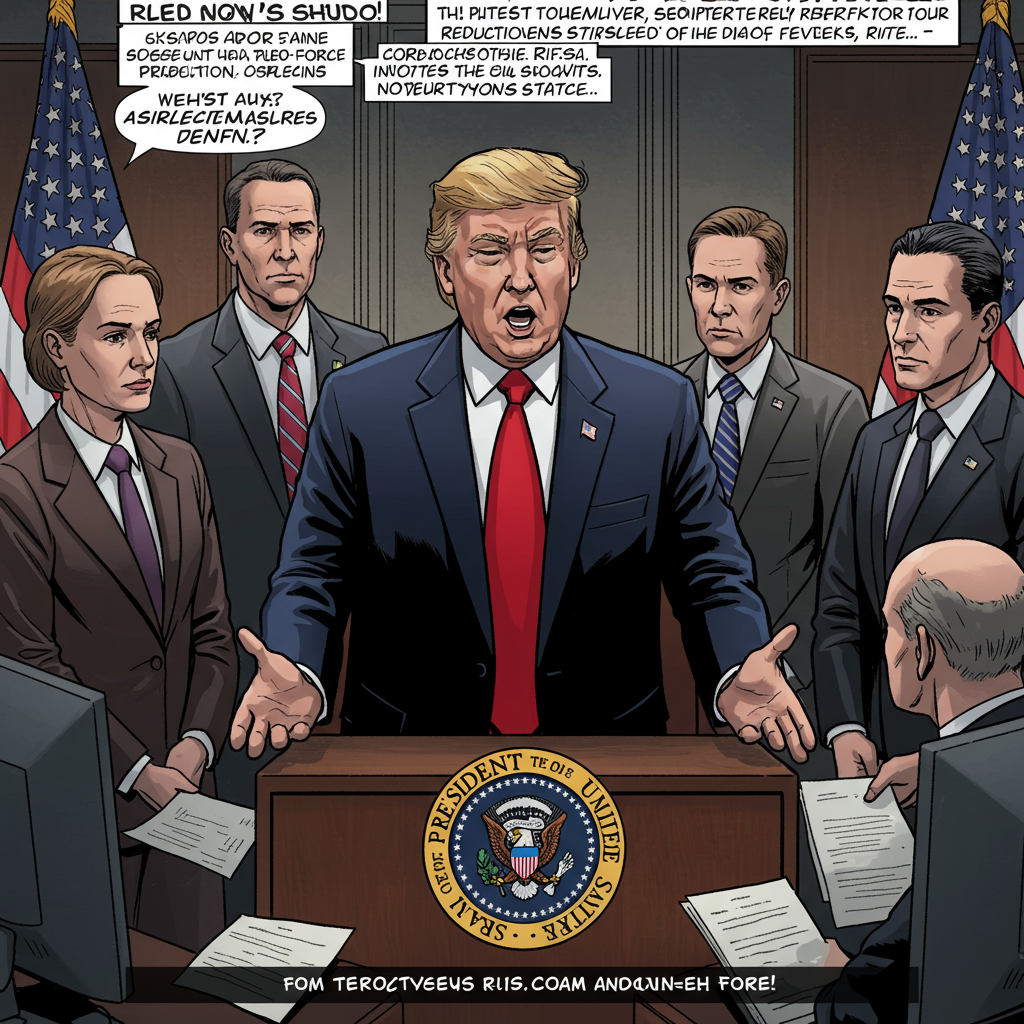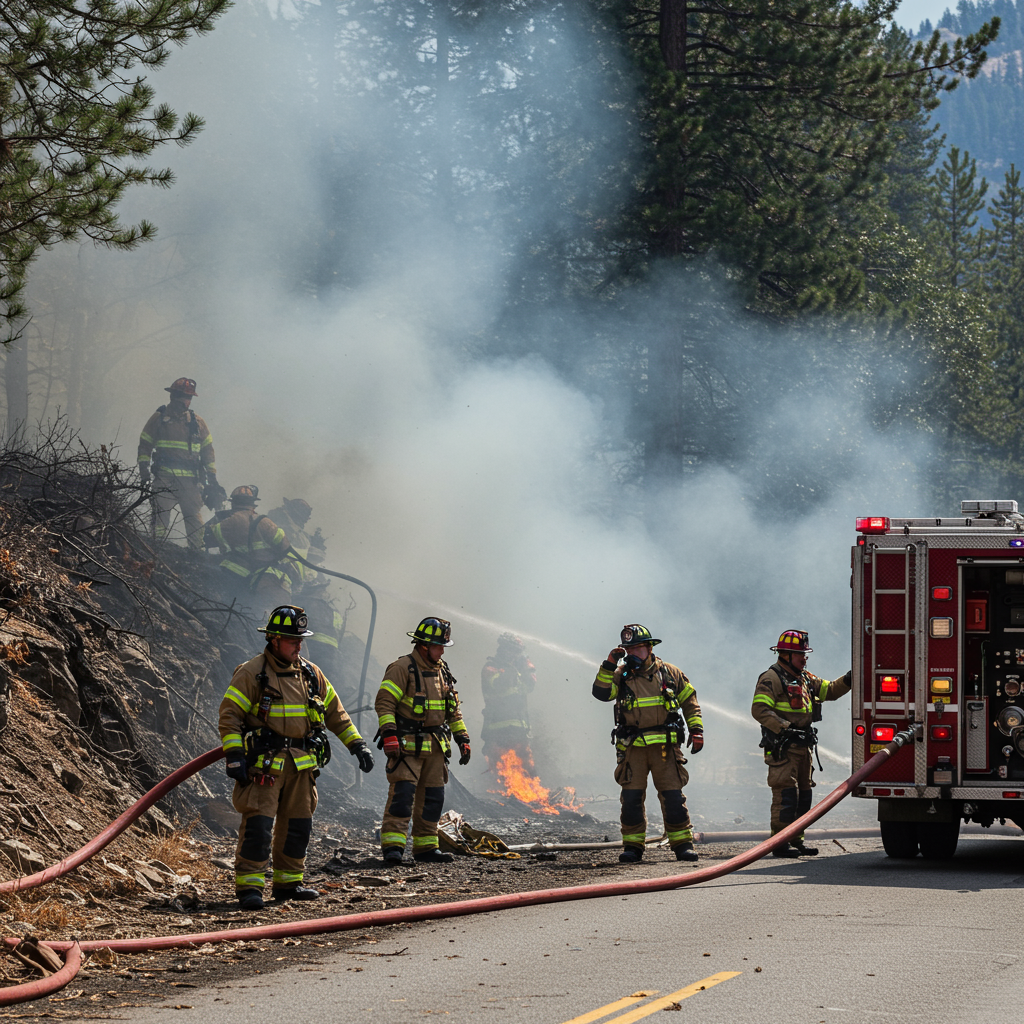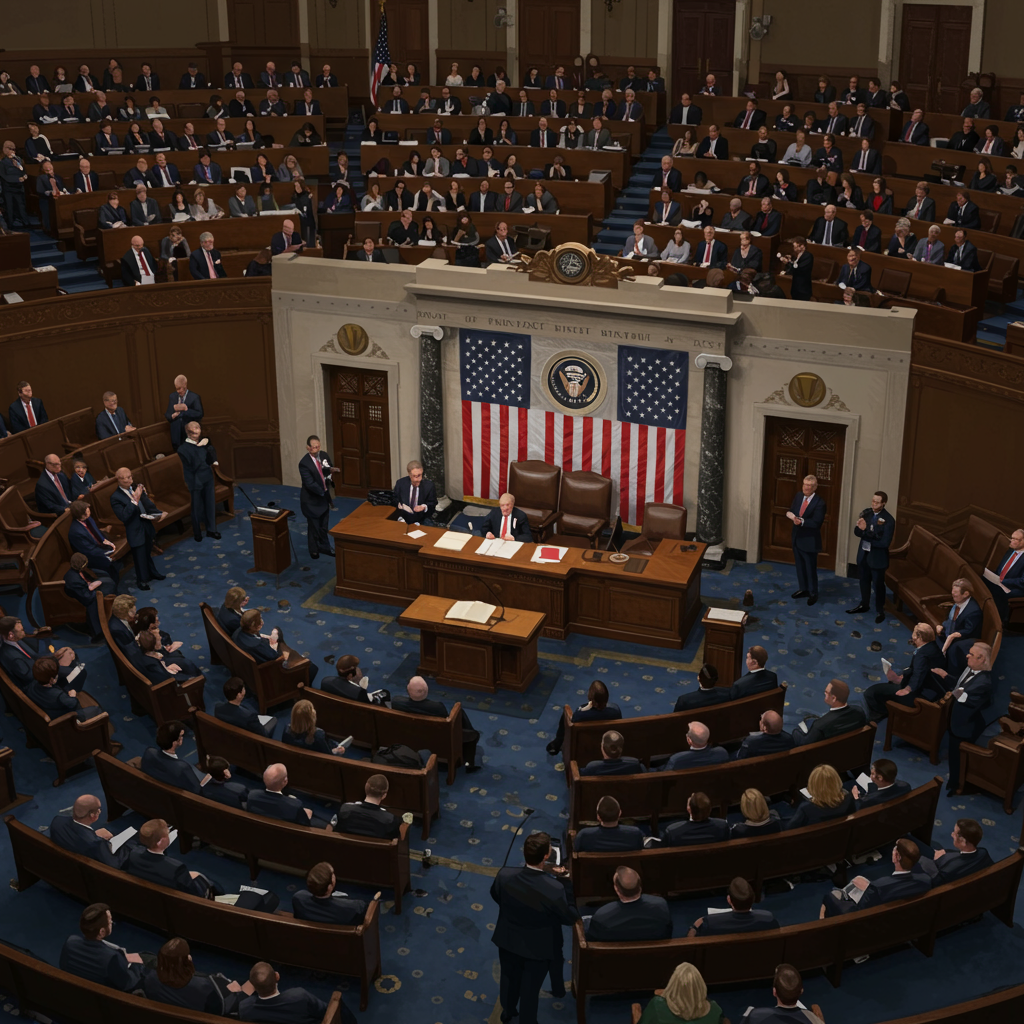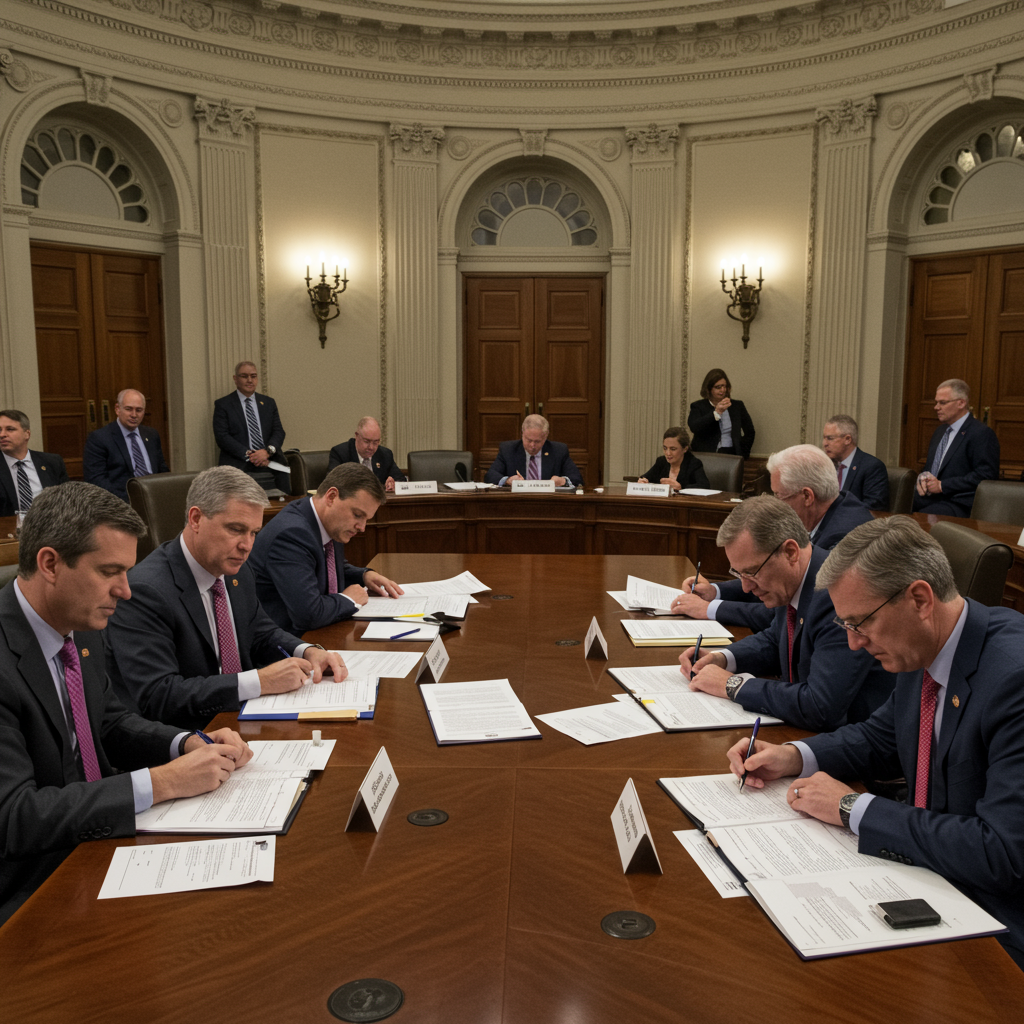The United States government is reeling from a deepening shutdown, triggering unprecedented federal employee firings and casting a shadow over military paychecks. As the stalemate in Washington intensifies, the Trump administration has commenced “reductions-in-force” (RIFs), sparking widespread condemnation and legal challenges. These permanent layoffs represent a significant escalation from previous shutdowns, impacting thousands of dedicated public servants and jeopardizing critical government services during a precarious time.
Unprecedented Federal Firings Underway
In a dramatic turn, over 4,000 federal employees have received layoff notices, signaling a stark departure from typical government shutdowns where workers are usually furloughed temporarily. The Trump administration confirmed these extensive cuts in a recent court filing, openly stating intentions to target employees perceived as aligned with the Democratic Party. This aggressive move, confirmed by Office of Management and Budget (OMB) Director Russell Vought, initiated as the government shutdown extended into its second week.
Detailed breakdowns indicate a broad impact across numerous agencies. The Department of the Treasury saw 1,446 positions eliminated, while Health and Human Services (HHS) faced 1,100 to 1,200 layoffs. Significant reductions also hit the Department of Education (466 employees), Housing and Urban Development (442), Commerce (315), Energy (187), and Homeland Security (176). The administration framed these actions as “lawful, necessary, and fiscally prudent,” aiming to close “wasteful and duplicative entities” and streamline operations consistent with presidential priorities.
Crippling Blows to Public Health and Security
Among the most critically impacted agencies is the Centers for Disease Control and Prevention (CDC), a cornerstone of national public health. Dozens of CDC employees received RIF notices, including personnel from its vital Washington office. Divisions responsible for the Morbidity and Mortality Weekly Report (MMWR), the Office of Human Resources, the Ebola response leadership team, and the National Center for Immunization and Respiratory Diseases (NCIRD) were all severely affected.
Dr. Demetre Daskalakis, former NCIRD director, lamented the situation, stating, “The damage is beyond repair.” He warned that crippling the CDC, even as a political maneuver, leaves America “less prepared for outbreaks and infectious disease security threats,” especially as the country approaches the winter respiratory virus season. This widespread dismantling of expertise underscores grave concerns about the nation’s capacity to respond to health crises.
Looming Uncertainty for Military Paychecks
Adding to the crisis, military service members face the imminent threat of missing their October 15 paychecks. Despite requiring active-duty personnel to continue working, congressional leaders had previously rejected a standalone bill to ensure military pay. President Donald Trump, however, announced his administration had “identified funds” to pay troops, directing his “Secretary of War, Pete Hegseth,” to utilize all available resources. The specific source of this funding remains unclear, prompting questions and anxiety among military families.
The absence of a guaranteed paycheck poses significant hardship for service members, with one military spouse sharing a poignant story about her medically fragile children depending on her husband’s income. Speaker Mike Johnson, a key Republican leader, resisted bringing a standalone military pay bill to a vote, instead blaming Senate Democrats for the broader funding impasse. This political maneuver places immense pressure on military families, fueling public debate and internal party dissent.
Political Stalemate and Accusations of “Weaponizing” the Shutdown
The government shutdown, now stretching into its third week, is characterized by an intractable political deadlock. Congress remains deeply divided on a funding plan, with the Senate not scheduled for votes until Tuesday and the House out of session for another week. This legislative inaction has intensified the crisis, with both parties blaming the other.
Republicans argue that Democrats are prolonging the shutdown by demanding the reversal of Medicaid cuts and the extension of Affordable Care Act subsidies as prerequisites for any funding bill. Conversely, Democrats vociferously condemn the mass layoffs as “unlawful,” “politically motivated,” and “deliberate chaos.” House Minority Leader Hakeem Jeffries labeled the firings “unlawful,” while Senator Patty Murray accused the administration of “weaponizing the shutdown” to advance partisan agendas. Legal experts, like Democratic Rep. Mike Levin, argue that the executive branch is typically only authorized to furlough, not permanently fire, workers during a shutdown, further bolstering union lawsuits.
Legal Challenges and Broader Implications
Federal employee unions, including the American Federation of Government Employees (AFGE) and the American Federation of State, County and Municipal Employees (AFSCME), have filed lawsuits to halt these mass firings. AFGE President Everett Kelley branded the move as “disgraceful” and “illegal,” asserting that the administration is unjustly dismissing workers providing critical services. A federal court hearing on a temporary restraining order is anticipated to determine the immediate fate of the layoffs.
Beyond the immediate human impact, the shutdown carries significant economic consequences. Each week of a government shutdown is estimated to trim approximately 0.2% from U.S. economic growth. Historically, the U.S. has experienced 20 shutdowns since 1976, but these unprecedented RIFs mark a new, more severe precedent. Critics, including nonpartisan watchdog groups like the Partnership for Public Service, warn that these “unnecessary and misguided reductions in force will further hollow out our federal government,” eroding critical expertise and diminishing its capacity to serve the public effectively.
Frequently Asked Questions
What are “Reductions-in-Force” (RIFs), and why are they happening during this government shutdown?
“Reductions-in-Force” (RIFs) refer to permanent layoffs of federal employees. Unlike typical government shutdowns where “non-essential” employees are temporarily furloughed and usually receive back pay once the government reopens, RIFs are intended to be permanent job eliminations. The Trump administration initiated these RIFs, impacting over 4,000 workers across various agencies, as a strategy to pressure Senate Democrats into approving a stopgap funding bill. The administration also cited goals of eliminating “wasteful and duplicative entities” and programs “not consistent with the President’s priorities.”
Which federal agencies are most significantly affected by these mass layoffs?
The layoffs have broadly impacted several key federal agencies. The Department of the Treasury saw the highest number of reductions, with 1,446 employees laid off. The Department of Health and Human Services (HHS) followed closely with 1,100-1,200 cuts. Other agencies facing substantial RIFs include the Department of Education (466 employees), Housing and Urban Development (442), Commerce (315), Energy (187), and Homeland Security (176). The Centers for Disease Control and Prevention (CDC) was also heavily hit, with dozens of employees and entire divisions, including the vital Morbidity and Mortality Weekly Report (MMWR) staff, being laid off.
How does this government shutdown specifically impact military families’ paychecks?
Military families are facing significant financial stress as the government shutdown threatens to delay or halt their paychecks. Active-duty service members are still required to report for duty but were in danger of missing their October 15 paychecks, which would be the first missed pay for military personnel during this shutdown. While President Trump stated his administration had “identified funds” and would direct Secretary Pete Hegseth to ensure troops are paid, the details remain unclear. Congressional attempts to pass standalone bills to pay the military have been stalled by political disagreements, leaving many families in a precarious financial position.
Conclusion: A Crisis Unfolding
The ongoing government shutdown is more than a legislative impasse; it’s a rapidly unfolding crisis with profound human consequences. From the thousands of federal employees facing permanent job loss to the anxiety gripping military families over impending missed paychecks, the ripple effects are widespread. The severe staff cuts at critical agencies like the CDC raise serious questions about national preparedness and the long-term impact on public services. As the political stalemate deepens, the nation watches for a resolution that can restore stability and support to its dedicated federal workforce.




